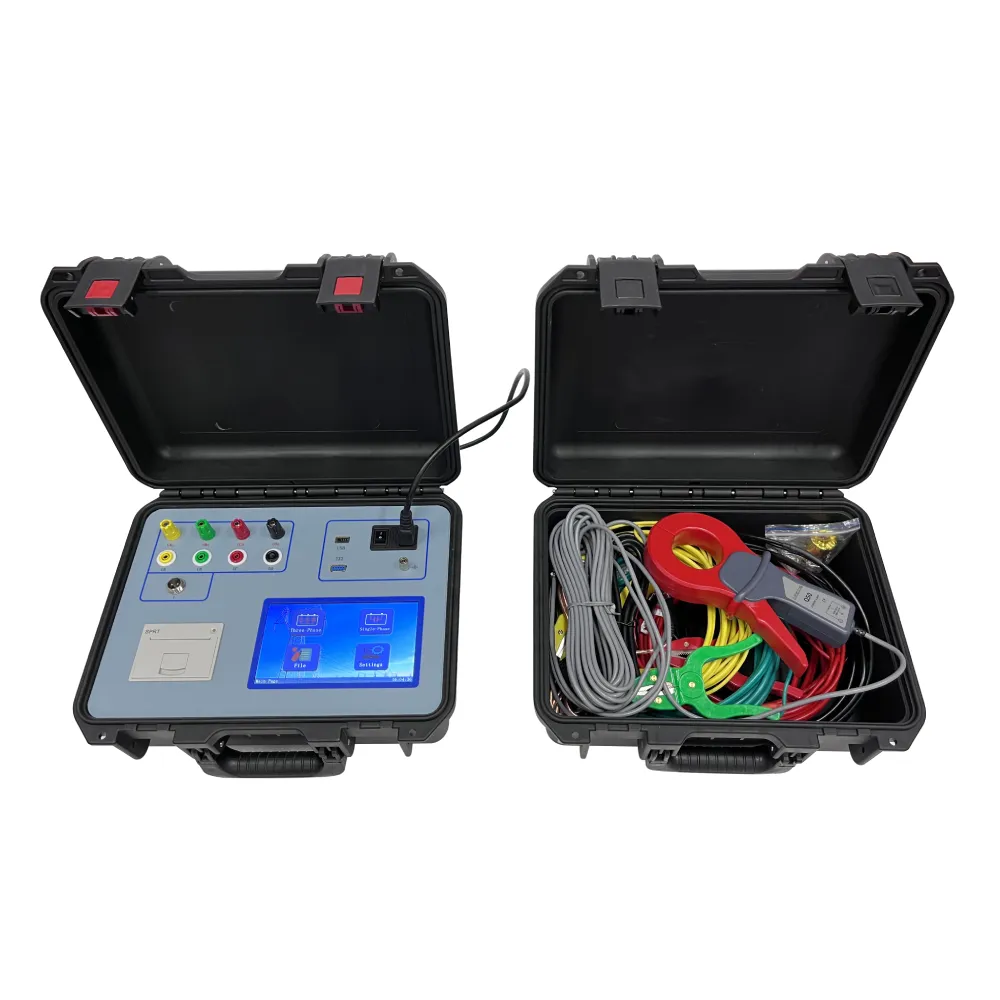 English
English


resistance test on transformer
Resistance Test on Transformers Importance and Procedure
A transformer is a crucial component in electrical systems, facilitating the transfer of electrical energy between circuits through electromagnetic induction. To ensure the reliability and efficiency of transformers, periodic testing is essential. One of the fundamental tests conducted is the resistance test, which assesses the condition of the winding and ensures that the transformer operates optimally.
The resistance test measures the direct current (DC) resistance of the transformer windings. This is important because the resistance values can provide insights into the quality of the windings and potential issues such as short circuits, poor connections, or even insulation failures. High resistance can indicate problems, while consistent resistance values across the windings suggest a healthy transformer.
Importance of Resistance Testing
Conducting a resistance test on a transformer helps identify potential issues before they escalate into more serious problems. It is particularly vital in the following scenarios
1. Preventive Maintenance Regular testing helps in identifying worn out or damaged components, allowing for timely maintenance and replacement. 2. Performance Assessment Measuring the resistance guarantees that the transformer operates within its specified limits, ensuring optimal performance and efficiency. 3. Safety Assurance By detecting abnormalities in resistance, the test helps mitigate risks associated with electrical faults that can lead to equipment damage or hazards.
Testing Procedure
The resistance test generally follows a systematic procedure
resistance test on transformer

1. Preparation Ensure that the transformer is de-energized and isolated from the power supply. Safety precautions should be followed to avoid electric shock.
2. Connection Use a calibrated DC resistance meter. Connect the test leads to the transformer’s winding terminals (primary and secondary).
3. Measurement Activate the meter to take the resistance readings. It's advisable to take multiple measurements for accuracy and compare them against the manufacturer’s specifications and previous test results.
4. Analysis Analyze the recorded values. Look for consistency in the readings across identical windings. Significant discrepancies may require further investigation into the transformer’s condition.
5. Documentation Record the findings systematically for future reference and trends analysis.
Conclusion
In conclusion, the resistance test on transformers is vital for ensuring their reliable performance and longevity. Not only does it facilitate early detection of potential issues, but it also contributes to the overall safety and efficiency of electrical systems. By incorporating routine resistance testing into maintenance schedules, operators can enhance the operational reliability of transformers and minimize unexpected failures.
-
Differences between open cup flash point tester and closed cup flash point testerNewsOct.31,2024
-
The Reliable Load Tap ChangerNewsOct.23,2024
-
The Essential Guide to Hipot TestersNewsOct.23,2024
-
The Digital Insulation TesterNewsOct.23,2024
-
The Best Earth Loop Impedance Tester for SaleNewsOct.23,2024
-
Tan Delta Tester--The Essential Tool for Electrical Insulation TestingNewsOct.23,2024





